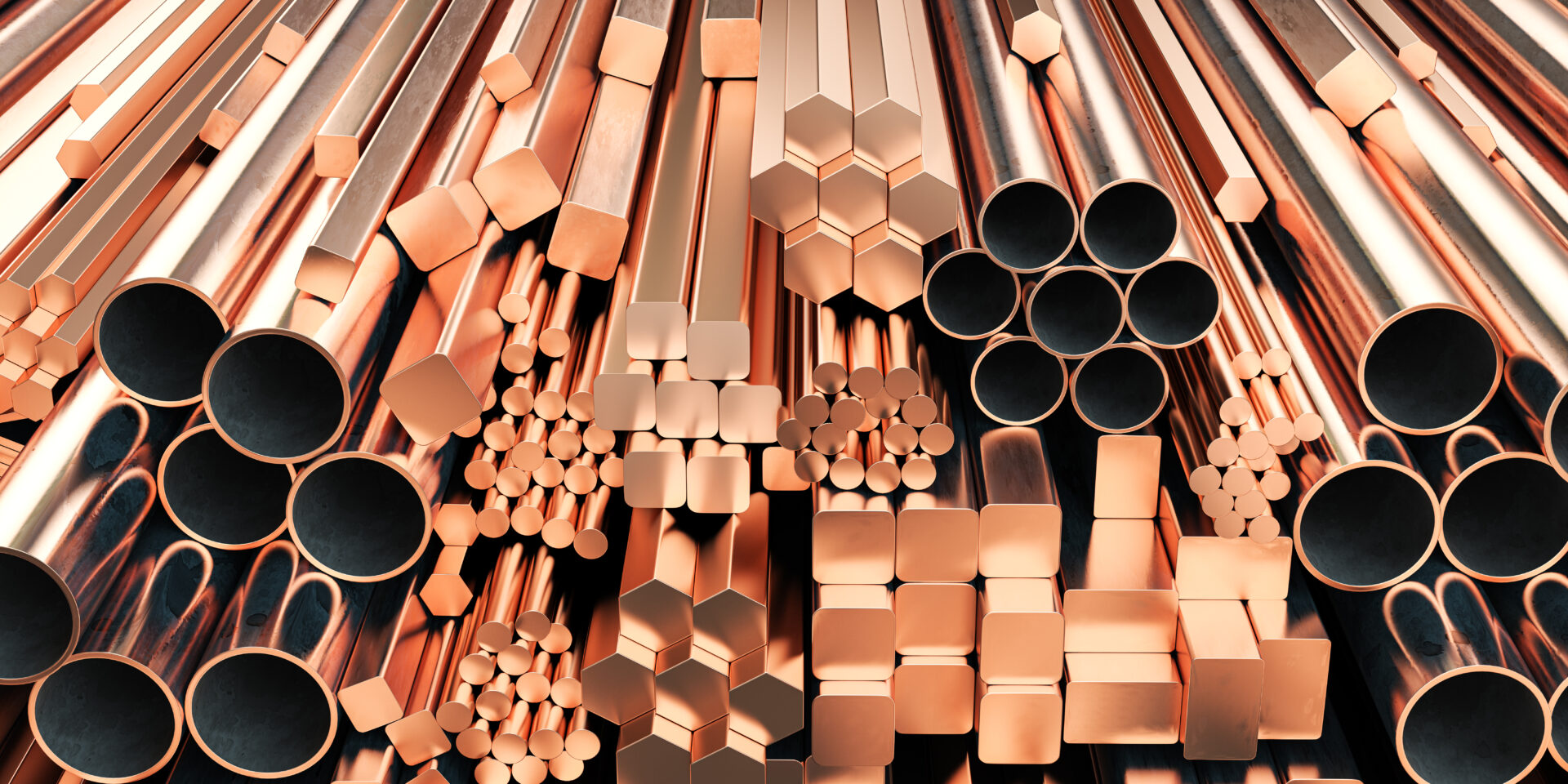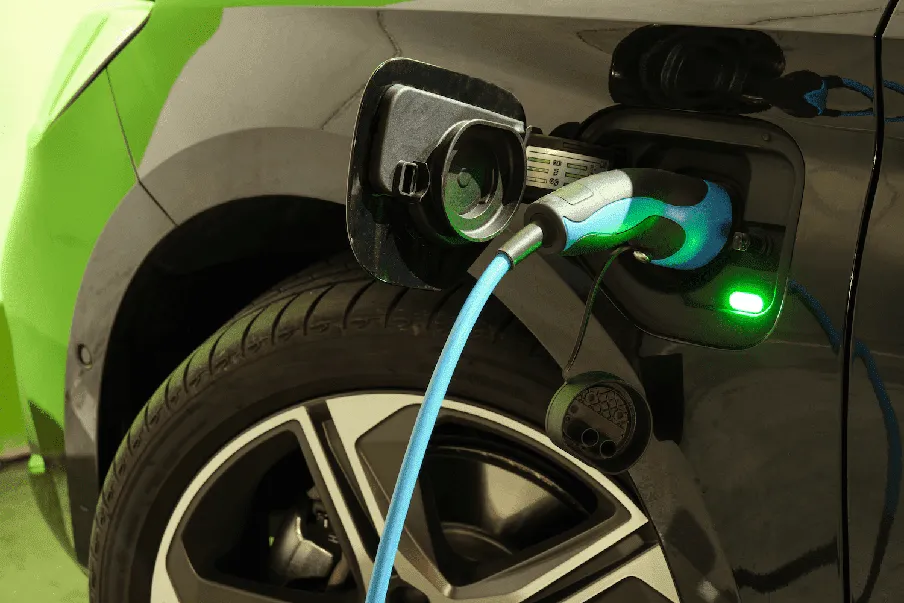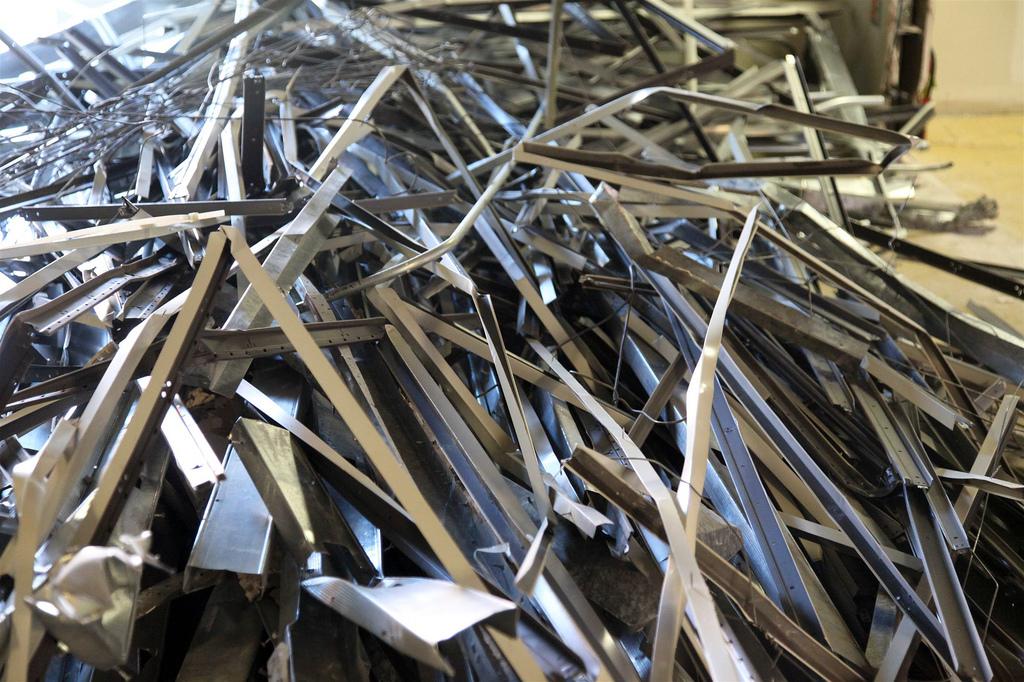
Here’s the scrap metal recycling outlook for 2019 and what to look forward to in a now booming industry. As 2018 comes to a close, it’s clear this has been an unprecedented year for the scrap metal industry.
Last year, when China announced that it would stop accepting import waste material, including many scrap metals, it looked like a huge blow for the scrap recycling industry if the huge China market got shut off to them. (In 2004, Americans were exporting $3.1 billion in scrap to China.)
Then, in the spring of 2018, President Donald Trump imposed tariffs on imported steel and aluminum to reduce imports of new metals.
As many economists predicted, that’s helped boost the domestic reuse and recycling of old metal products. The steel industry has made a clear comeback this year and using recycled scrap metal in the production line has been a very cost-effective option for manufacturers who use steel and aluminum.
In fact, as 2018 comes to a close, it’s become more clear that what we need now isn’t more imported steel, but more American consumers and businesses to start bringing their unwanted metals to scrap recycling firms.
If that happens, the scrap metal recycling outlook for 2019 may be a positive one, like 2018 was for steel.
How Did Tariffs Impact the Metal Industry in 2018?
The boost to the steel industry from the tariffs on imported metals came at a time when the U.S. was already making most of its steel and aluminum from recycled scrap metal, including discarded products from construction sites, demolished buildings and old autos.
In 2017, for example, the U.S. made 82 million metric tons of steel, with 68 percent of that coming from scrap metal.
That’s not only helped to save and boost jobs in the steel industry, but it’s also a trend that’s been welcomed by environmental groups who have been quick to note that scrap recycling also reduces pollution and energy consumption.
In fact, researchers say that because of this trend, the global iron ore market now has a “junk” problem. Because of China’s decision to limit scrap imports to cut down on pollution, more scrap is now being used in steel-making, strengthening this trend of more and more manufacturers favoring recycling over the use of raw material.
The Use of Scrap by Manufacturers
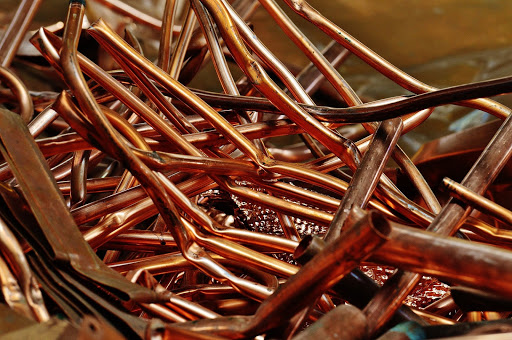
A lot of manufacturers are using more scrap than ever before, and it’s a global trend. The Bureau of International Recycling, a federation of private sector companies based in Brussels, points out that China’s environmental policies toward imported waste not only boosted the use of scrap in many countries, but also prompted them to launch new investments in electric arc furnaces that process scrap into steel.
Even China, one of the top importers of ore, is now encouraging the use of more scrap metal in production to help mitigate environmental concerns. And there are clear environmental benefits to this. The use of recycled scrap helps us cut down on pollution and help preserve a lot more of our natural resources.
None of these trends should come as a surprise. Using recycled metal clearly reduces the need for/use of, ore; and as 2019 gets closer, the challenges facing the ore industry may be contributing to strengths in the recycling industry.
What Benefits Can Scrap Recycling Bring to Our Economy and Environment?
Economists believe President Trump’s tariffs on imported steel and aluminum will continue to boost the domestic reuse and recycling of metal next year, with economic benefits that extend well beyond the steel industry.
Using recycled scrap is a far more cost-effective option for manufacturers than using virgin ore, and as many economists note, reducing foreign competition typically helps increase demand for domestically created steel – which translates into more demand for scrap metals.
And because of the availability of scrap metals, it means this very industrialized nation doesn’t need a lot of new metal to meet domestic demand. Recycling scrap metal works instead.
In fact, the healthy U.S economy has led to an increased need for more steel as cities and states ramp up production of new infrastructure projects and the private sector continues to build new homes, offices and public buildings.
It’s also very possible that in 2019, China’s new policy may lead to an expansion of the domestic market for recyclables, which is a good thing. In response to President Trump’s steel and aluminum tariffs, China retaliated by doing the same.
And as the American steel industry has grown stronger, they need more domestic scrap today. And in the past few months, the state of Massachusetts and a number of cities like Denver and Minneapolis have started working to improve local recycling rates in response to this.
Scrap metal recycling has clearly become a core part of the circular economy.
The truth is, with efficient recycling, metals can be used over and over again. The environmental benefits are clear: efficient recycling minimizes the need to mine and process virgin materials, a process that can destroy natural habitats and endanger plant and animal life.
Efficient recycling also helps keep scrap metals out of landfills, where the toxic chemicals within them can contaminate the local soil and water.
Raising recycling levels worldwide can help lead us to a more Green Economy and assist in the creation of green jobs.
How Can American Consumers and Businesses Help?
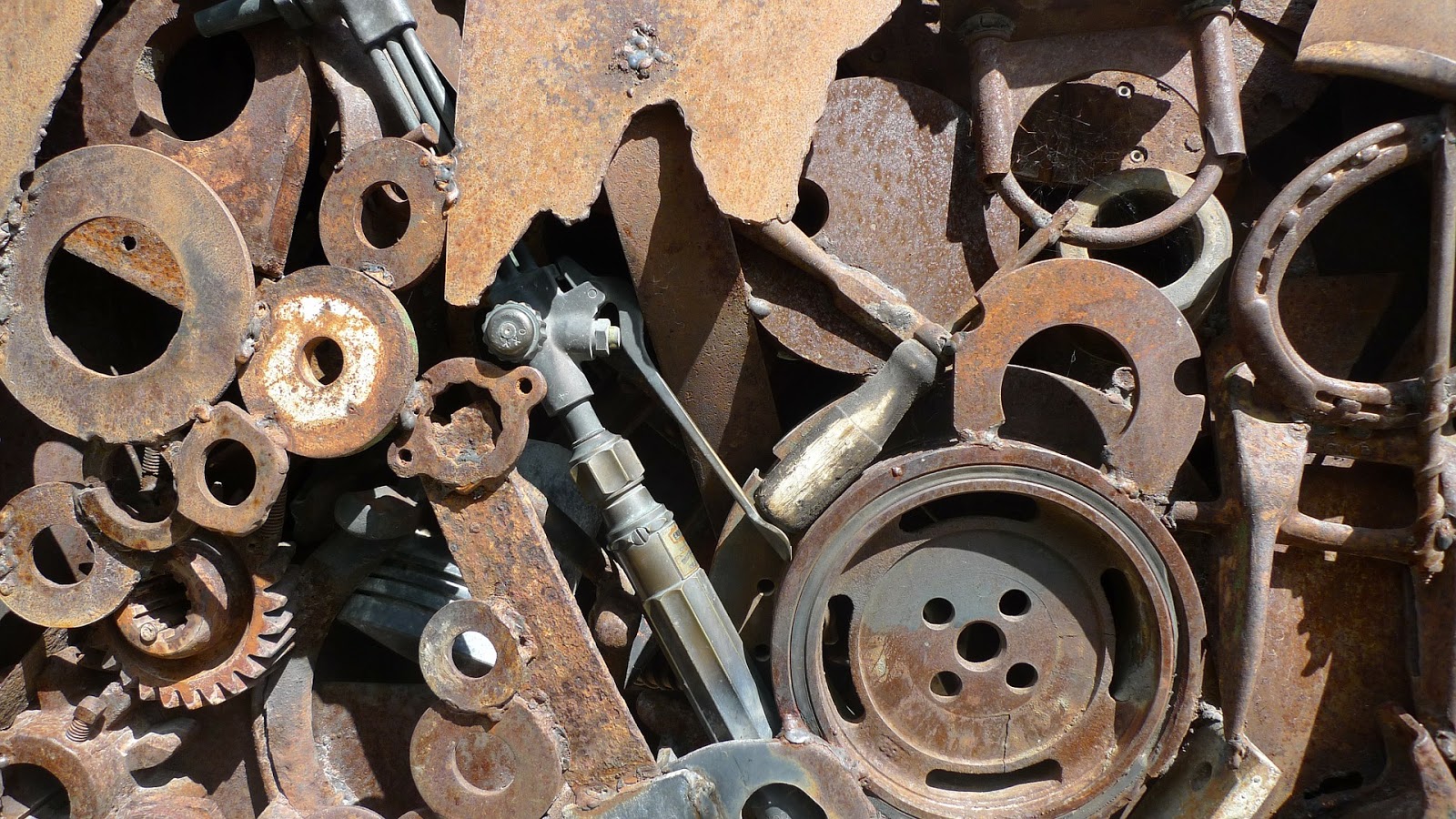
If steel and aluminum manufacturers benefit by being able to buy recycled metals to use in producing new products, what the scrap recycling industry needs is for American consumers and businesses to play a role as well – by recycling any unwanted metals they have. Boosting the reuse and recycling of old metal products also helps to keep it out of landfills.
And while the U.S. has traditionally exported a lot of scrap metal to countries like China and Turkey, America has also traditionally imported expensive new metals – up to 11 million metric tons of new steel over the years.
The Trump administration decided this imported metal to be excessive and a threat to American jobs and national security, which led the president to impose tariffs on imported steel and aluminum.
Since then, a lot of researchers believe those imports could be just about entirely displaced if Americans invested far more in the reuse of scrap metal that is “hibernating” – or simply sitting around people’s basements or attics.
Right now, it’s estimated that less than 70% of old U.S. steel and aluminum products are being recycled, so improving those rates will eliminate concerns about how the tariffs impact the industry.
If more Americans bring their unwanted scrap items – everything from appliances to metal furniture – and businesses did the same, that enables the scrap recycling industry to have the product it needs to increase the number of recycled metals made available to industries where metal is in high demand.
And then the circular economy starts working for everyone.
Conclusion: What’s the Scrap Metal Recycling Outlook for 2019?
Recycling is the first link in a global supply chain. Recycling scrap is environmentally friendly, preserves our natural resources, helps create jobs within the recycling industry and related fields, and pumps money back into the economy.
In 2019, the steel industry’s growing strength should definitely help the scrap recycling industry as well. The metal recycling market is projected to grow from $277 billion in 2015 to $406 billion by 2020 because of the strong global economy and the increasing rates of industrialization in many growing countries.
GLE Scrap Metal
We also know there’s a constant need for scrap metal that can be recycled, which is why it’s important to bring all scrap metals to a recycler like GLE Scrap Metal, which is a full-service, all-in-one recycling company with operations throughout the U.S.
GLE recycles millions and millions of pounds of scrap metal each year and employs an experienced logistics team that handles its expansive fleet of trucks as well as equipment for jobs of any size, at any facility.
To learn more, call GLE Scrap Metal at 855-SCRAP-88 or fill out our contact form online.

